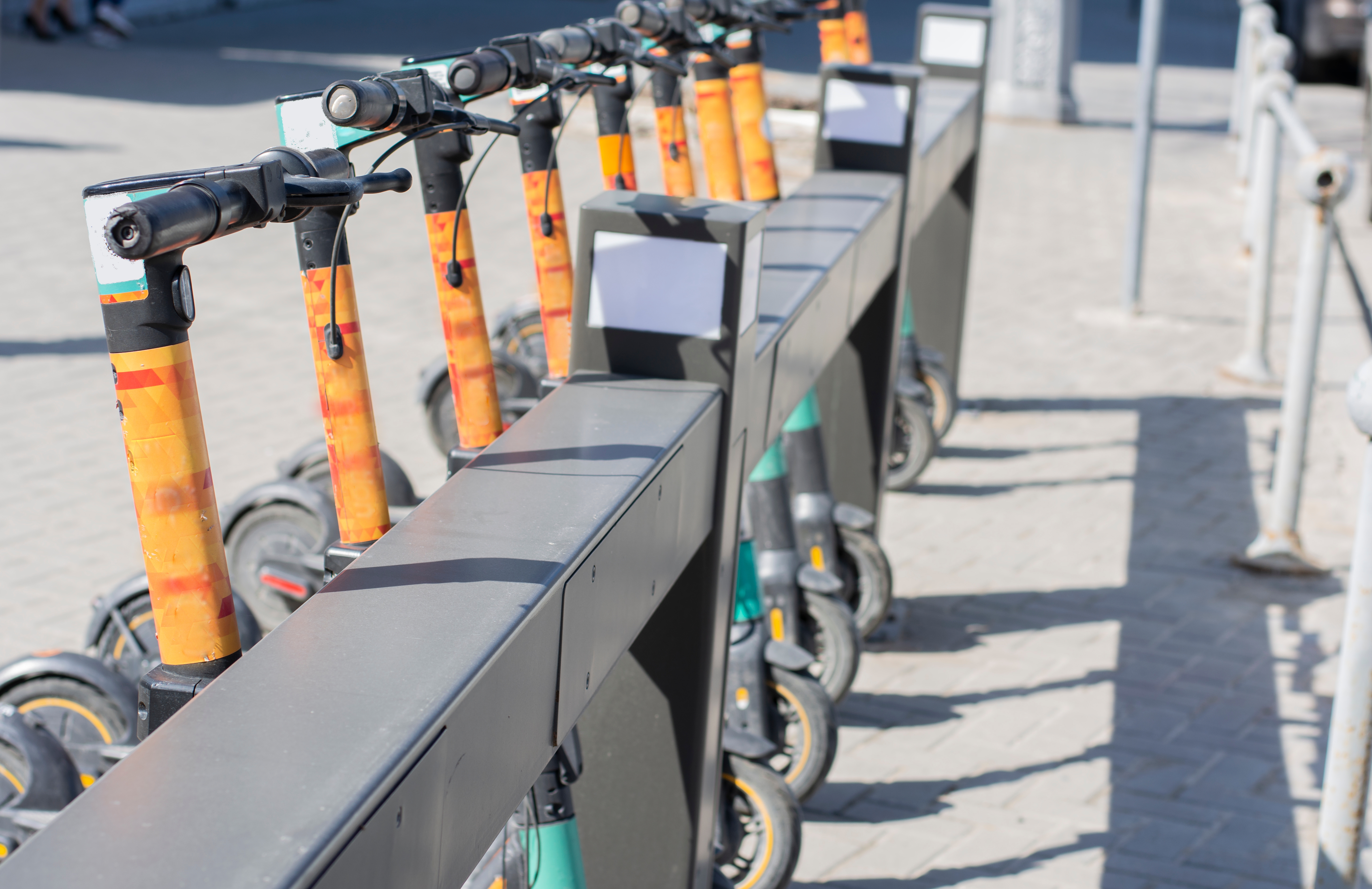



With increasing regulatory and social pressure around sustainability, property owners are under growing demand to provide recycling infrastructure on their assets — from residential blocks and retail centres, to commercial & mixed-use estates. A well-designed recycling point bolsters ESG credentials, improves tenant satisfaction, and reduces waste handling costs.
Fraser Bond advises landlords, developers, and investors across the UK on how to plan, install, and manage recycling points that integrate with property operations.
A recycling point is a designated location or facility on site for collection of segregated recyclables — typically containers or banks for paper & cardboard, plastics, metals, glass, and sometimes food waste or WEEE (small electronics). It may be communal (for an entire building) or parcelled depending on the site.
Assess current waste volumes and material mix.
Liaise with local waste collection authority or waste contractor to understand accepted streams (some councils accept certain materials, others don’t).
Determine how many bins / compartments are needed.
Place the recycling point in a convenient, visible, and accessible location — ideally near main circulation areas or entrances.
Ensure clear cable access / pavement, level access, adequate width, and clearance from windows or sensitive areas.
Use signage, colors, labels and clear instructions to minimise contamination. Unisort’s guide suggests that signage should be concise and intuitive to reduce misplacement. Unisort
Use durable, weatherproof containers suited to each waste stream (e.g. containers with apertures for paper, bottles, food).
Consider modular units that allow future expansion.
Include lockable or semi-secure units if anti-dumping is a risk.
Check whether your activity requires an environmental permit or falls under “standard rules permit” (e.g. for operating a household waste recycling centre) GOV.UK
Ensure compliance with waste regulation, storage, containment, odour, drainage, spill management.
For locales handling waste or recycling as a site-based activity, you may need to register or apply for permits with the Environment Agency. GOV.UK
Engage a waste contractor that will collect the separated recyclables.
Ensure collection frequency matches expected usage.
Include terms on contamination, bin maintenance, replacement, servicing.
Provide hard standing / paving under the bins, drainage provisions, shelter or 3-sided enclosure if needed.
Ensure lighting and CCTV for safety, and ventilation if enclosed.
Build to code for access by collection vehicles and operatives.
Clear labeling: acceptable / not accepted materials.
Use simple icons, minimal text.
Provide supplementary educational leaflets or digital guides.
Place signage close to bins and directional signage leading to point.
| Challenge | Fraser Bond Recommendation |
|---|---|
| Contamination of recyclables | Educate users, use clear signage, monitor and penalise high contamination levels |
| Capacity / overflow issues | Design for future growth; choose modular systems |
| Collection logistics | Ensure route access for collection vehicles, schedule matching usage peaks |
| Local authority variation | Check what materials your local council will accept (rules vary by region) |
| Permitting complexity | Consult local authority and Environment Agency early |
| Visibility vs nuisance | Balance site visibility with odour, noise, aesthetics concerns |
Local authority guidance often emphasizes that storage areas should not be far from the collection point — e.g. West Northamptonshire policy states bins should be within ~25 m of dwellings and 30 m to collections. West Northamptonshire Council Also, new developments must provide space for recycling storage and allow access per Building Regulations (Part H6, etc.). Joint Waste Solutions+1
Enhances ESG / sustainability credentials, critical in investor and institutional fund metrics
Improves tenant satisfaction / retention — modern amenities matter
Reduces waste disposal costs over time by separating recyclables
Strengthens conformity with planning and building regulation obligations
Adds incremental value to your property asset
Fraser Bond helps clients implement recycling infrastructure through:
Site Audit & Demand Modeling — estimating required capacity and throughput.
Design & Layout Services — optimizing location, bin types, pathways, signage.
Regulatory & Permit Advisory — guiding on environmental permits, waste regulation, local authority standards.
Operator & Contractor Matching — connecting you with reliable recycling and waste firms.
Contract and Lease Structuring — drafting service agreements and maintenance terms.
Rollout & Portfolio Strategy — scaling across multiple properties with consistency.
To explore how to install efficient recycling points across your UK or London property portfolio, contact us via FraserBond.com for tailored advisory support.